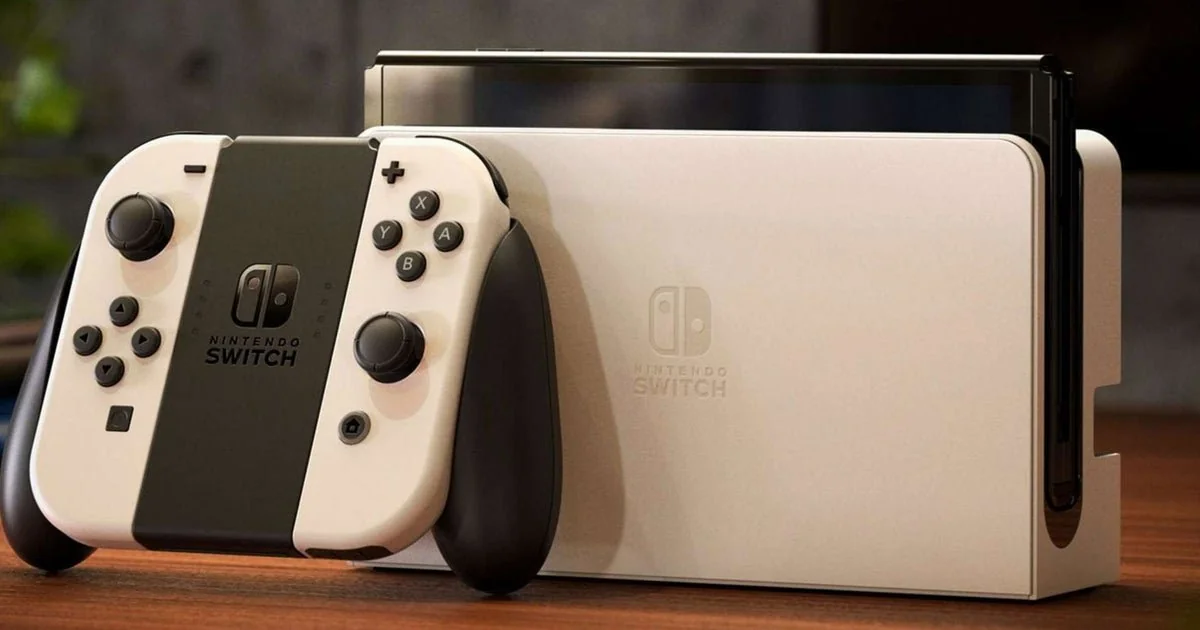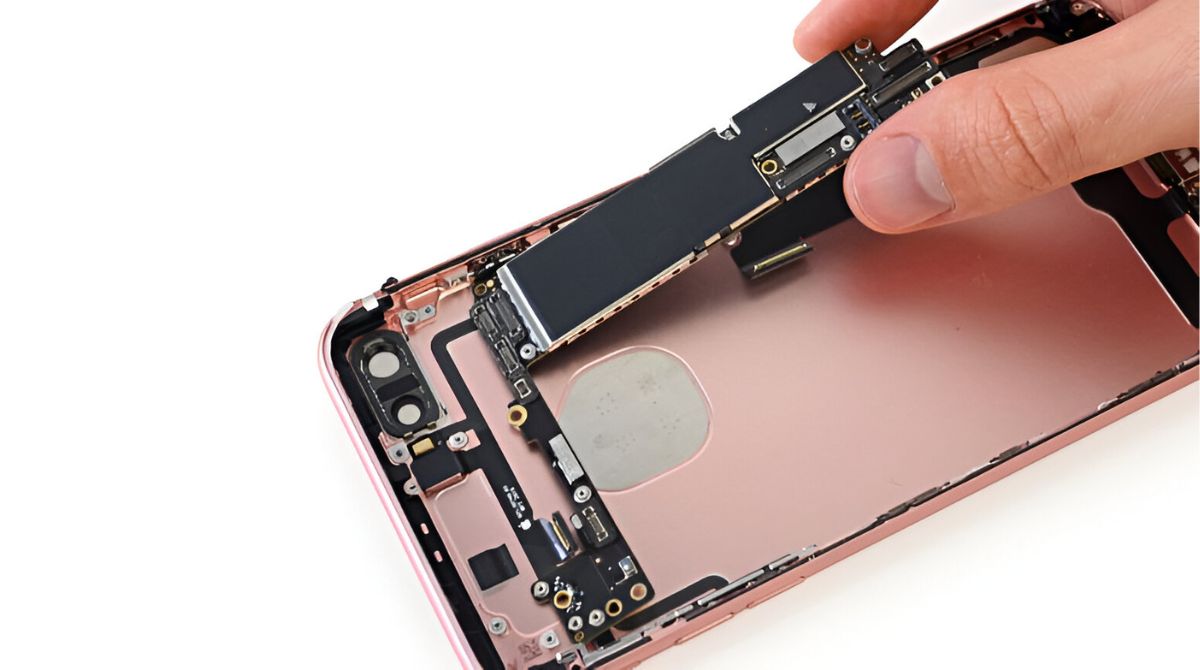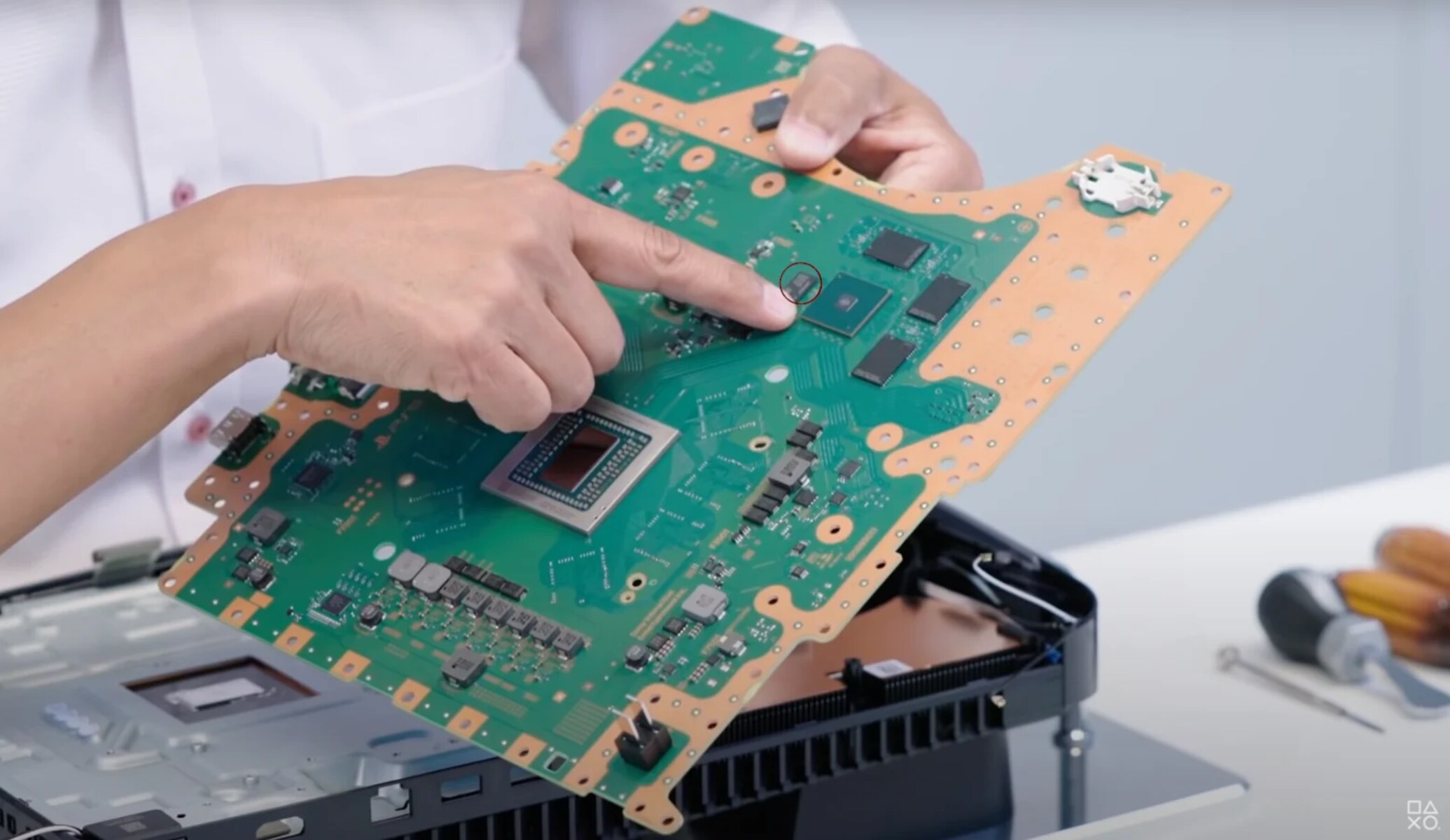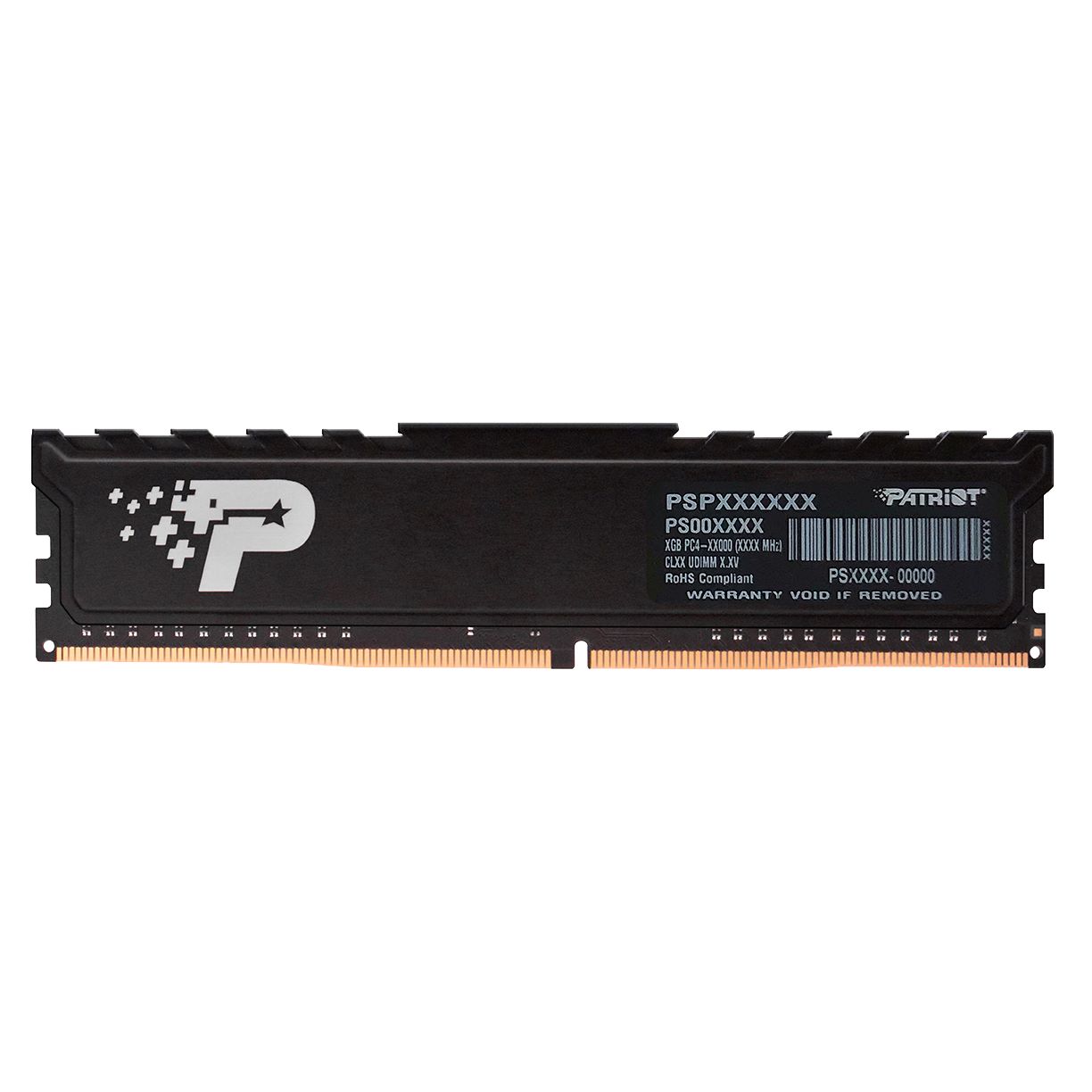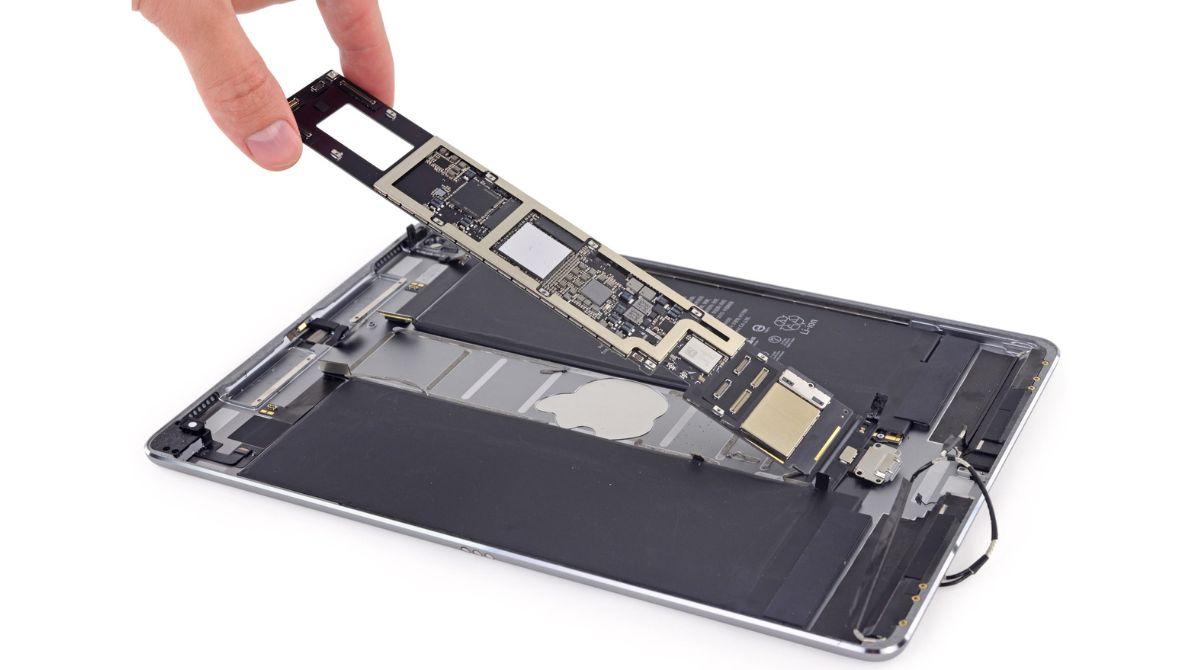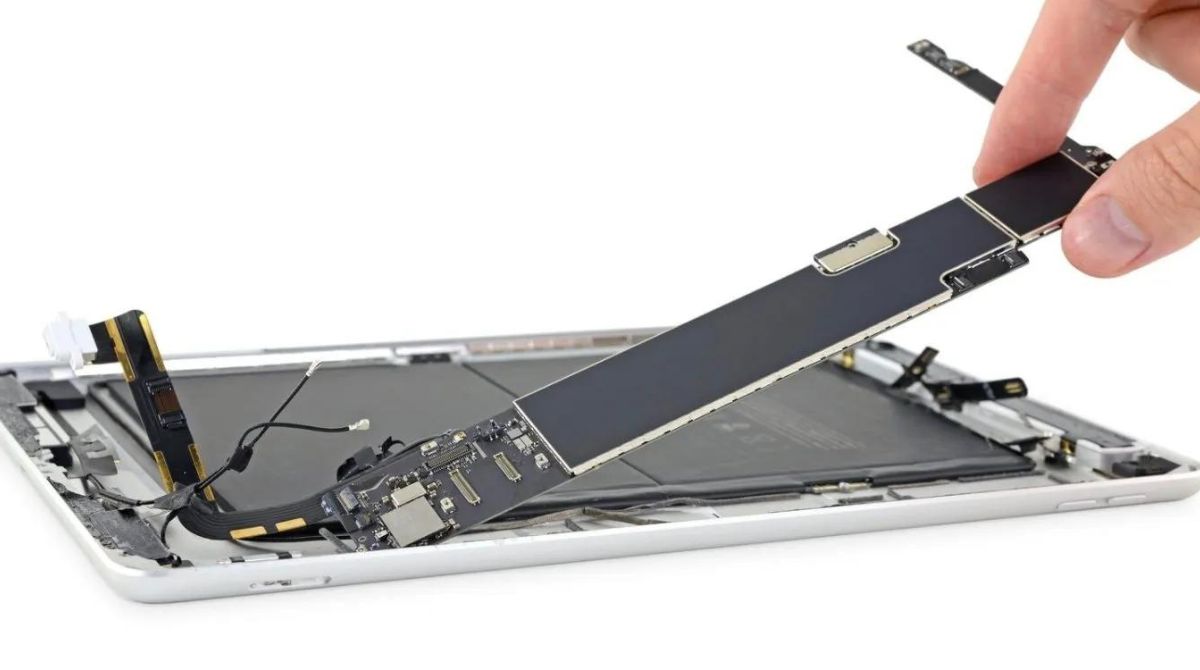Introduction:
The Nintendo Switch has quickly become one of the most popular gaming consoles on the market, captivating gamers of all ages with its innovative design and extensive game library. As gaming technology continues to evolve, it’s important for gamers to understand the hardware specifications that contribute to a console’s performance. One crucial component that greatly affects a gaming console’s capability is its RAM (Random Access Memory).
RAM plays a vital role in a console’s ability to run games smoothly and handle complex processes effectively. It acts as temporary storage for data that is actively being processed by the console’s processor, allowing for quick access and retrieval. In simpler terms, RAM is responsible for storing and providing the necessary data and instructions to the console’s CPU (Central Processing Unit) in real-time.
To fully grasp the significance of RAM in gaming consoles, we need to take a closer look at how it functions and influences the overall gaming experience. In this article, we will explore the amount of RAM the Nintendo Switch has and its impact on gaming performance. We will also delve into the technical specifications of the Switch’s RAM, compare it to other gaming consoles, and discuss the optimization techniques employed by the Switch to maximize its RAM usage.
RAM: A crucial component
When it comes to gaming consoles, RAM is an essential component that directly impacts the overall performance and user experience. It acts as a bridge between the console’s processor and the game data, allowing for seamless and efficient gameplay.
RAM serves as a temporary storage for active data that is required by the console’s CPU to execute various tasks. Unlike long-term storage devices such as hard drives or SSDs, RAM provides much faster access to data, enabling quick loading times and smooth gameplay.
In the context of gaming, RAM is responsible for storing and delivering game assets such as textures, models, and audio files. The more RAM a console has, the more data it can store and access, leading to improved graphics, faster rendering, and immersive sound effects.
Furthermore, RAM also plays a crucial role in multitasking and background processes. Modern gaming consoles often have features that allow users to switch between games, access online content, or run applications while gaming. RAM ensures that these processes can run smoothly without impacting the overall gaming performance.
Another aspect of RAM’s importance lies in its ability to store and manage game states. Game states refer to the current progress, saved settings, and other relevant data of a game. With sufficient RAM, consoles can store multiple game states simultaneously, allowing users to switch between games seamlessly without losing progress or settings.
In summary, RAM is a vital component in gaming consoles that directly influences the gaming experience. It not only enhances graphical fidelity and rendering speeds but also enables multitasking and efficient management of game states. The amount and quality of RAM a console possesses are crucial factors to consider for gamers looking for a smooth and immersive gaming experience.
Understanding RAM in gaming consoles
Before we dive into the specifics of the Nintendo Switch’s RAM, it’s important to have a basic understanding of how RAM functions in gaming consoles.
RAM, or Random Access Memory, is a type of computer memory that allows for fast and temporary storage of data. Unlike the long-term storage provided by hard drives or solid-state drives, RAM provides quick access to data that is actively being used by the system.
Gaming consoles utilize RAM to store and retrieve game data in real-time. When a game is running, relevant assets such as textures, models, audio files, and game logic are loaded into the RAM for quick access by the console’s processor.
The amount of RAM in a console determines the system’s ability to handle complex games and perform multiple tasks simultaneously. More RAM allows for greater amounts of data to be stored, resulting in better graphics, faster loading times, and smoother gameplay.
It is important to note that RAM capacity alone is not the sole determinant of a console’s performance. Factors such as the console’s processor, graphics card, and optimization techniques also play a significant role in overall gaming performance.
Additionally, different consoles may have varying types of RAM, such as DDR3, DDR4, or GDDR5. These different types of RAM have varying speeds and bandwidth, influencing the console’s ability to transfer data quickly.
Understanding the role and importance of RAM in gaming consoles will allow us to appreciate its impact on the overall gaming experience. With this knowledge in mind, let’s now explore how much RAM the Nintendo Switch has and how it contributes to its performance.
How much RAM does the Nintendo Switch have?
The Nintendo Switch, a unique hybrid gaming console, features a total of 4 gigabytes (GB) of RAM. However, it’s important to note that not all of this RAM is dedicated solely to game performance.
Out of the 4 GB of RAM, the Nintendo Switch allocates 3 GB for games and applications, while the remaining 1 GB is reserved for the operating system and system-related processes. This division ensures that the console can smoothly run games while maintaining system stability and allowing for multitasking capabilities.
While the amount of RAM might appear lower compared to other gaming consoles on the market, such as the PlayStation 4 or Xbox One, it’s essential to consider the Switch’s unique hardware and form factor. The Switch’s portable design necessitates a balance between performance and power efficiency, and the 4 GB of RAM provides a sufficient foundation for its gaming capabilities.
It’s worth mentioning that the Nintendo Switch Lite, a smaller and more compact version of the original Switch, also houses 4 GB of RAM. This demonstrates that Nintendo has prioritized consistency across the Switch lineup, ensuring that both consoles deliver comparable gaming experiences.
While 3 GB of RAM may be allocated for games on the Nintendo Switch, it’s important to remember that this allocation can vary depending on individual game requirements and system processes. Game developers have the flexibility to utilize different amounts of RAM based on their specific game design and optimization needs, meaning that some games may utilize more or less RAM than others.
Overall, the Nintendo Switch’s 4 GB of RAM strikes a reasonable balance between performance, power consumption, and portability. While it may not boast the same RAM capacity as its competitors, the Switch’s unique design and optimized software ensure a rich and enjoyable gaming experience.
The technical specs of the Nintendo Switch RAM
Let’s delve into the technical specifications of the RAM used in the Nintendo Switch to gain a deeper understanding of its capabilities and performance.
The Nintendo Switch utilizes LPDDR4 (Low Power Double Data Rate 4) RAM, a type of memory commonly used in mobile devices due to its low power consumption and high bandwidth. LPDDR4 RAM offers improved data transfer rates compared to its predecessor, LPDDR3, resulting in faster loading times and smoother gameplay.
The Switch’s LPDDR4 RAM operates at a clock speed of 1600MHz, providing sufficient bandwidth to handle the console’s gaming and multitasking needs. This high-speed RAM enables quick retrieval and delivery of game assets, contributing to a seamless gaming experience.
It’s worth noting that LPDDR4 RAM also contributes to the Switch’s power efficiency. By utilizing low-voltage technology, the console can deliver a balance between gaming performance and battery life, making it an ideal choice for both portable and docked gaming experiences.
With a total of 4 GB of LPDDR4 RAM, the Nintendo Switch strikes a balance between performance, power consumption, and cost-effectiveness. While other gaming consoles on the market may boast higher RAM capacities, the Switch’s unique hardware and design considerations make 4 GB of LPDDR4 RAM an optimal choice.
Furthermore, the Nintendo Switch’s RAM is integrated directly into the console’s system-on-a-chip (SOC) architecture. This integration reduces latency and improves data transfer speeds between the RAM and the console’s CPU and GPU, enhancing overall performance and optimizing resource allocation.
As with any gaming console, the RAM specifications alone do not determine the overall gaming experience. It is the synergy between the RAM, CPU, GPU, and software optimization that contributes to a smooth and enjoyable gaming experience. The Switch’s hardware and software optimization ensure that the 4 GB of LPDDR4 RAM is utilized effectively, resulting in excellent performance and game responsiveness.
In summary, the Nintendo Switch utilizes LPDDR4 RAM with a clock speed of 1600MHz, offering a balance between power efficiency and performance. With 4 GB of integrated RAM, the Switch delivers adequate gaming capabilities and optimized resource allocation, providing an enjoyable gaming experience for players.
RAM and its impact on gaming performance
RAM plays a crucial role in determining the gaming performance of consoles, including the Nintendo Switch. Let’s explore how RAM affects the overall gaming experience and why it is considered a vital component.
One of the main impacts of RAM on gaming performance is the ability to load and store game assets quickly. When a game is running, various data like textures, models, and audio files need to be accessed by the console’s CPU in real-time. Sufficient RAM allows for smooth loading of these assets, resulting in faster rendering, improved graphics, and overall enhanced visuals.
Moreover, RAM also influences the ability to run multiple tasks simultaneously. Gaming consoles often have features that allow users to access online content, stream media, or run applications while gaming. Adequate RAM ensures that these background processes can run seamlessly without impacting the gaming performance or causing lag.
In addition to asset loading and multitasking capabilities, RAM also affects game stability and performance. With more RAM available, consoles can store and manage game states more efficiently. This means that players can save their progress, settings, and preferences without worrying about excessive load times or losing their progress. Additionally, having ample RAM helps to prevent bottlenecks and performance drops during gameplay.
While RAM is important, it’s worth noting that it is just one component that contributes to gaming performance. The overall performance of a gaming console is a result of the synergy between the RAM, CPU, GPU, and optimization techniques employed by the console’s software. These components work together to ensure smooth frame rates, reduced loading times, and immersive gameplay.
When it comes to the Nintendo Switch, the 4 GB of RAM it offers strikes a balance between gaming performance and power efficiency. While other consoles may have higher RAM capacities, the Switch’s compact design and portable nature require careful consideration of power consumption. Nintendo has optimized the RAM usage and resource allocation to deliver a satisfying gaming experience within the constraints of the hardware.
Overall, RAM is a critical component that significantly impacts gaming performance. It influences asset loading, multitasking capabilities, game stability, and overall smoothness of gameplay. The Nintendo Switch’s RAM, along with its other hardware and software optimizations, ensures a compelling gaming experience that balances performance and efficiency.
How the Nintendo Switch utilizes its RAM
The Nintendo Switch utilizes its RAM in an efficient and optimized manner to provide a smooth gaming experience while maximizing resource allocation. Let’s take a closer look at how the Switch utilizes its RAM to deliver an enjoyable gaming experience.
One notable feature of the Switch’s RAM management is its ability to allocate different amounts of RAM to different game modes. When the console is docked and connected to a television, it allocates more RAM to handle higher-resolution graphics and compute-intensive tasks. Conversely, in handheld mode, where power efficiency is a priority, the console optimizes RAM allocation to deliver smooth gameplay while conserving battery life.
Additionally, the Switch’s operating system employs intelligent memory management techniques to prioritize the resources used by active games. It dynamically allocates and deallocates memory to ensure optimal performance, allowing games to utilize the available RAM effectively without causing slowdowns or performance issues.
The Switch also utilizes a feature called “Unified Memory Architecture” (UMA), where both the CPU and GPU have direct access to the same memory pool. This efficient memory sharing allows for quick data transfers between the CPU and GPU, reducing latency and ensuring smooth rendering and gameplay.
Furthermore, the Switch takes advantage of the LPDDR4 RAM’s high bandwidth to provide faster data access and retrieval. This translates to reduced loading times, improved asset rendering, and overall enhanced performance.
In terms of multitasking, the Switch’s RAM allows for seamless switching between games and applications. Players can exit a game, access the home menu, and launch another game or application without losing progress or experiencing significant delays.
It’s important to note that game developers also play a significant role in how the Switch’s RAM is utilized. They optimize their games’ memory usage and asset streaming techniques to ensure efficient RAM consumption and smooth performance. By utilizing dynamic asset loading and smart resource management, they reduce the memory footprint and minimize unnecessary RAM consumption.
The Nintendo Switch’s RAM management and optimization techniques exemplify the console’s focus on delivering a smooth and enjoyable gaming experience. Through strategic allocation, dynamic memory management, and efficient resource sharing, the Switch ensures that games run smoothly, loading times are minimized, and players can seamlessly switch between different tasks and applications.
In summary, the Nintendo Switch utilizes its RAM effectively through features such as dynamic allocation, unified memory architecture, and intelligent memory management. This allows for optimized resource utilization, reduced loading times, and seamless multitasking. These memory management techniques, combined with game developers’ optimizations, contribute to the Nintendo Switch’s exceptional gaming performance.
Comparing the Switch’s RAM to other gaming consoles
When comparing the Nintendo Switch to other gaming consoles on the market, such as the PlayStation 4 (PS4) and Xbox One, it’s important to consider the differences in RAM capacity and architecture.
The Nintendo Switch features 4 gigabytes (GB) of RAM, whereas the PS4 and Xbox One typically have 8 GB or 16 GB of RAM, depending on the model. The higher amount of RAM in the PS4 and Xbox One consoles allows for more data to be stored and accessed, potentially leading to smoother gameplay and more detailed graphics.
However, the comparison should not be solely based on RAM capacity. The architecture of the RAM and the overall optimization of the console are equally important factors. While the Switch may have half the RAM of its competitors, it utilizes LPDDR4 RAM with a clock speed of 1600MHz, resulting in faster data transfer rates and improved efficiency.
It’s also worth noting that the compact size and portability of the Switch necessitate a focus on power consumption and optimized resource allocation. The 4 GB of RAM in the Switch strikes a balance between gaming performance and power efficiency, allowing for a longer battery life in handheld mode.
Furthermore, the game selection and optimization also play a crucial role in the overall gaming experience. The Switch boasts an array of exclusive titles that are designed and optimized specifically for its hardware capabilities. While other consoles may have more powerful hardware, the unique gameplay experiences offered by platforms like the Switch can often outweigh the hardware differences.
Ultimately, the choice between the Nintendo Switch, PS4, or Xbox One should be based on individual priorities and gaming preferences. If portability, unique gameplay experiences, and a balance between performance and power efficiency are important factors, the Switch’s 4 GB of RAM and optimized hardware and software make it an attractive option.
However, for gamers seeking maximum performance and graphical fidelity, consoles like the PS4 and Xbox One, with their higher RAM capacities, may be more suitable. These consoles offer more robust hardware specifications and are capable of delivering more demanding gaming experiences.
It’s important to remember that RAM is just one component among many that influence gaming performance. A console’s CPU, GPU, storage, and software optimization all contribute to the overall gaming experience. A well-optimized system with efficient memory management can still deliver outstanding performance, even with lower RAM capacity.
In summary, while the Nintendo Switch may have less RAM compared to its competitors, it compensates with efficient memory management, optimized hardware, and a unique gaming experience. The choice between the Switch and other gaming consoles ultimately depends on personal preferences, gaming priorities, and the types of gaming experiences one seeks.
RAM management and optimization on the Nintendo Switch
The Nintendo Switch employs various RAM management and optimization techniques to deliver optimal performance and efficient resource allocation. Let’s explore how the console manages its RAM and ensures smooth gameplay and multitasking capabilities.
One key aspect of the Switch’s RAM management is its dynamic memory allocation. The console intelligently allocates resources to active games and applications, allowing them to utilize the necessary RAM for smooth performance while minimizing unnecessary memory usage. This ensures that RAM is efficiently utilized and avoids any unnecessary strain on system resources.
The Switch also utilizes a form of memory compression known as “safety memory allocator” to more effectively manage RAM allocation. This technique selectively compresses and decompresses memory data to optimize RAM usage, improving performance and reducing memory footprint.
Furthermore, the Switch employs a technique called “asset streaming” to load game assets into RAM in a progressive and on-demand manner. This allows games to load only the necessary assets for the current gameplay, reducing load times and optimizing RAM usage. Unneeded assets are unloaded from memory to free up resources for other game elements.
Additionally, the Switch’s operating system prioritizes RAM allocation to ensure that active games and applications receive the necessary resources for smooth performance. This dynamic allocation ensures that system stability and multitasking capabilities are maintained, allowing players to seamlessly switch between different tasks and applications.
The Switch’s Unified Memory Architecture (UMA) further aids in efficient RAM management. It allows both the CPU and GPU to have direct access to the same memory pool, reducing latency and improving data transfer speeds. This efficient sharing of memory resources further enhances the console’s overall performance.
Game developers also play a vital role in optimizing RAM usage on the Switch. They employ various techniques such as intelligent asset management, dynamic data loading, and optimal memory utilization to make the most of the available RAM and deliver smooth performance. By using these optimization techniques, games can effectively use the allocated RAM without wastage, resulting in improved gameplay experiences.
In summary, the Nintendo Switch employs dynamic memory allocation, memory compression, asset streaming, and a unified memory architecture to effectively manage and optimize its RAM usage. These techniques ensure efficient resource allocation, reduced load times, and smooth multitasking capabilities. Collaborative efforts between the console’s operating system and game developers further contribute to efficient RAM management and optimal gaming performance on the Nintendo Switch.
Conclusion
The RAM capacity and management of the Nintendo Switch play crucial roles in determining its gaming performance. While the Switch may have 4 GB of RAM compared to its competitors’ higher capacities, it strikes a balance between power efficiency and gaming capabilities.
RAM is a crucial component in gaming consoles, responsible for storing active game data, enabling multitasking, and providing smooth gameplay. The Switch’s LPDDR4 RAM with a clock speed of 1600MHz offers quick data transfer rates and power efficiency, ensuring a satisfying gaming experience.
The Nintendo Switch optimizes its RAM usage through dynamic memory allocation, memory compression, asset streaming, and a unified memory architecture. These techniques enhance resource allocation, reduce load times, and support seamless multitasking capabilities.
When comparing the Switch’s RAM to other gaming consoles, it’s important to consider the overall hardware specifications, software optimization, and unique gaming experiences offered by each platform. While the Switch may have less RAM, its compact design, portability, and optimized resource management make it an attractive choice for gamers seeking a versatile and enjoyable gaming experience.
In conclusion, the Nintendo Switch’s 4 GB of RAM, coupled with its optimized hardware and software, ensures smooth gaming performance and efficient resource allocation. By utilizing intelligent RAM management techniques, the Switch delivers a satisfying gaming experience, showcasing that effective RAM utilization is just as important as raw capacity.







